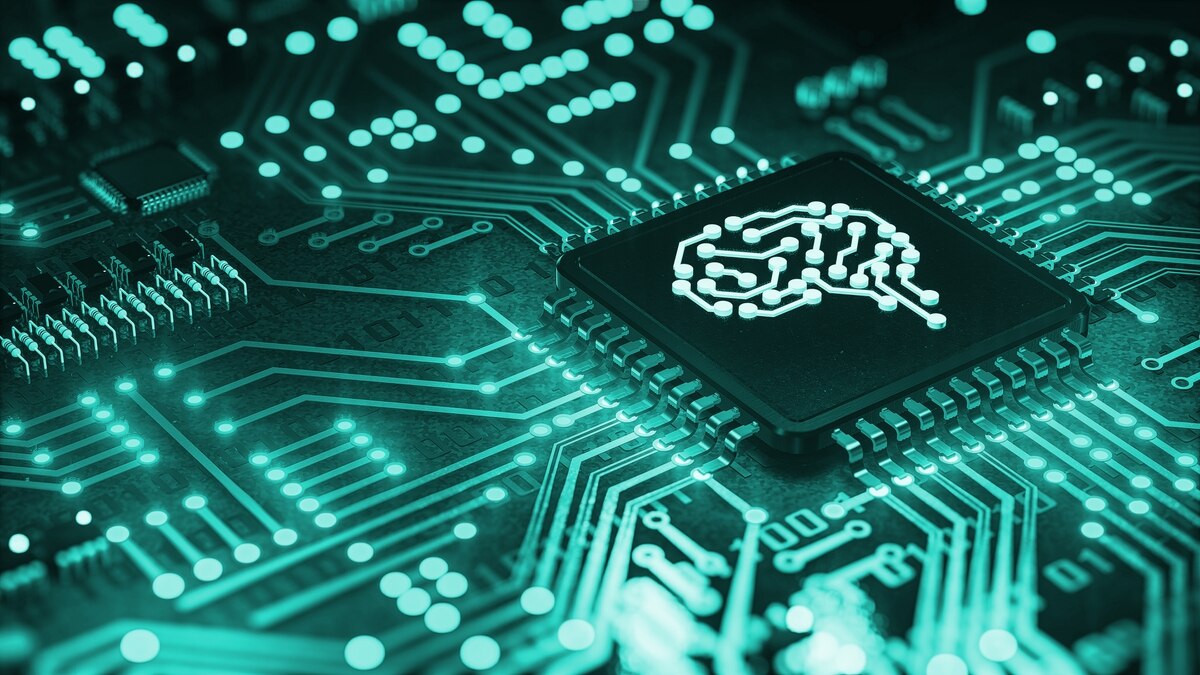Source – https://www.c4isrnet.com/
STUTTGART, Germany — NATO and its member nations have formally agreed upon how the alliance should target and coordinate investments in emerging and disruptive technology, or EDT, with plans to release artificial intelligence and data strategies by the summer of 2021.
In recent years the alliance has publicly declared its need to focus on so-called EDTs, and identified seven science and technology areas that are of direct interest. Now, the NATO enterprise and representatives of its 30 member states have endorsed a strategy that shows how the alliance can both foster these technologies — through stronger relationships with innovation hubs and specific funding mechanisms — and protect EDT investments from outside influence and export issues.
NATO will eventually develop individual strategies for each of the seven science and technology areas — artificial intelligence, data and computing, autonomy, quantum-enabled technologies, biotechnology, hypersonic technology, and space. But for the near future, the priority is AI and data, said David van Weel, NATO’s assistant secretary general for emerging security challenges.
The alliance expects to release an artificial intelligence strategy by this summer, he told Defense News in an exclusive March 4 interview. This effort comes on the heels of the U.S. Congress backing the creation of a national AI strategy in January as part of the country’s annual defense authorization bill.
NATO would do well to have its own AI and data policy strategies in place, van Weel said. He expects the strategies to include NATO’s plans for setting interoperability and technology standards across all EDT domains, and provide guidance on both principles for responsible use of AI-enabled platforms and export control mechanisms.
“It’s basically enabling the organization to then be able to start incorporating AI into military requirements for NATO itself, but also for our allies,” van Weel said. “Data and AI are the first [EDTs] that we will pick up with speed and we’ll deliver on this year.”
The EDT implementation strategy was endorsed during the alliance’s annual meeting of defense ministers in February, and followed the establishment of an EDT road map during the 2019 alliance summit in London. The defense leaders of NATO’s members along with their counterparts in Sweden, Finland and the European Union met virtually for the 2021 ministerial.
The overarching goal of the strategy was to create the conditions for continued interoperability across the alliance as it tackles “a whole new field” of technologies on the horizon. “One of the big challenges when we go into this new phase of disruptive technologies is how do you keep all allies on the same hymn sheet when it comes down to communicating with each other, using the same technology, being interoperable,” van Weel said. “So that’s a big part [of the strategy] and a big role for NATO to play.”
